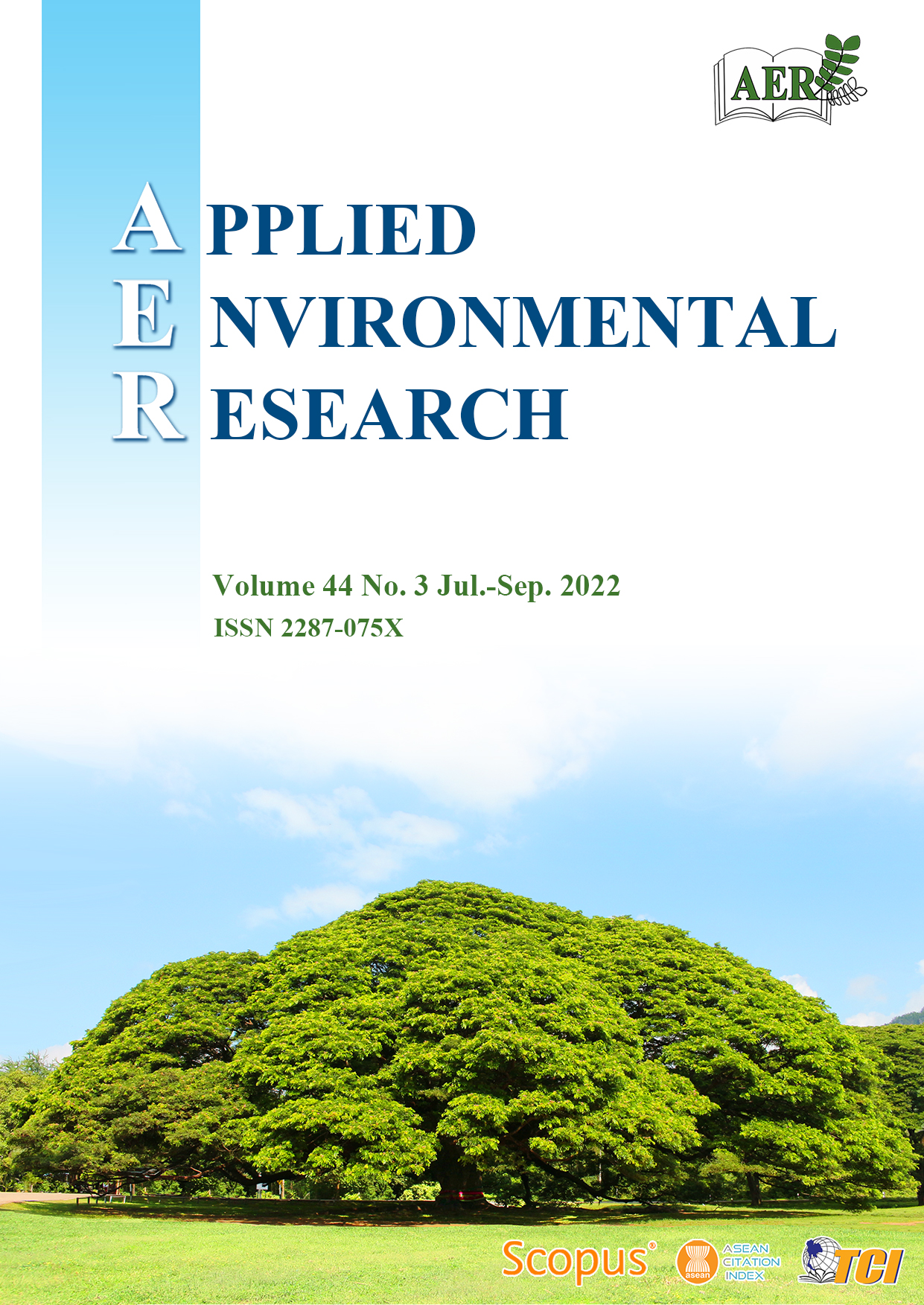The Driving Force of Urban Water Body Change in Chonburi Province, Thailand
Main Article Content
Abstract
The rapid urbanization from special economic zones (SEZs) in Asia poses a risk on water crisis. This paper identifies water body change trend and its driving force of change in Chonburi province; the most urbanized area in the Eastern Economic Corridor (EEC) of Thailand, in order to analyse the root cause of water shortage in the area. Land use maps from 2006 to 2019 were used to evaluate the changing trend in water bodies using land use transition matrix and land use dynamic degree. Panel data from 364 observations in the Chonburi sub-district was used to assess the driving forces of water body change using panel data analysis. The study reveals that the water bodies are experiencing an increasing trend at the annual rate of 10.72%. The most predominant factor of change is the type of governance, followed by agricultural land use, climate change and population respectively. The results highlight the increasing trend of human-made urban water bodies, the importance of the local authority and the need of international collaboration. Therefore, the government should consider to strengthen measures and policy relative to water body change in the area in order to induce significant impact on future urban water supply.
Article Details

This work is licensed under a Creative Commons Attribution-NonCommercial 4.0 International License.
Published articles are under the copyright of the Applied Environmental Research effective when the article is accepted for publication thus granting Applied Environmental Research all rights for the work so that both parties may be protected from the consequences of unauthorized use. Partially or totally publication of an article elsewhere is possible only after the consent from the editors.

